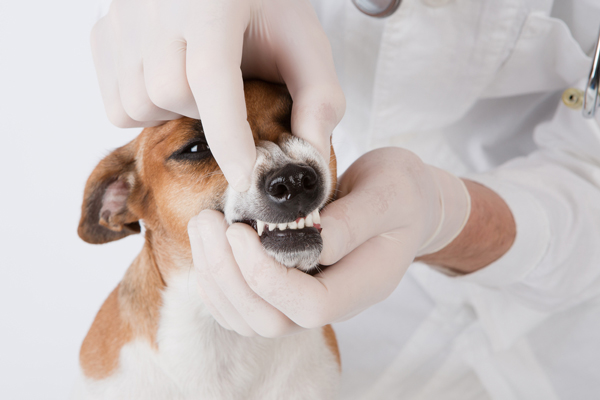People love pets; however, veterinary fees can be daunting, particularly if the pet sustains injury or develops a serious health issue. As your pet lives longer, you may think about buying pet health insurance. As with other insurance coverage, you will be paying for peace of mind here. In a number of cases, your investment can be worth it: however, you need to carefully assess the condition of your pet and your finances to know if your decision will make great financial sense. The following are some of the essential parts of a pet insurance policy that you need to understand before you decide.

Kind of Plan
A number of insurance companies provide both wellness and medical plans. Medical plans cover illness and injury while wellness plans cover routine care such as flea and tick medication as well as vaccinations. While some insurance plans cover hereditary conditions, the majority do not and some insurance providers provide coverage only for emergencies. Special food or dental care is covered only in certain pet insurance plans.

Premiums
These vary depending upon the type of pet you want to ensure, the kind of plan, coverage and deductible level and where you live. Some insurance providers provide discounts if you insure more than one pet.
Deductibles
You will be paying deductibles before your coverage takes effect. High deductibles mean lower premiums, thus if you wish to save some dollars on the monthly cost, focus on covering the deductible first. A number of plans have a per-incident deductible that could expensive if your pet tends to eat plastic toys.

Maximums and Co Payments
Some plans claim they will pay 90 percent or 100 percent of their customer’s veterinary bills. However, make sure you read the fine print. Some insurers will pay the percentage of the bills while others will just pay the deem customary and reasonable. Also, pet insurance policies typically come with lifetime maximums or payout per injury or illness.

Exclusions
Never assume that just as you pay for insurance, you get coverage for whatever happens to your pet. For example, some insurance policies do not cover common knee injuries in dogs, hip dysplasia or chronic conditions that older pets experience such as kidney failure, arthritis or diabetes. Also, pre-existing conditions are not covered and hereditary or congenital conditions may not be covered as well. It is then important to know what’s covered and what’s not before you pick an insurance plan for your beloved pet. Visit https://www.petinsuranceu.com/pets-best-pet-insurance-reviews/ to discover a good plan.









